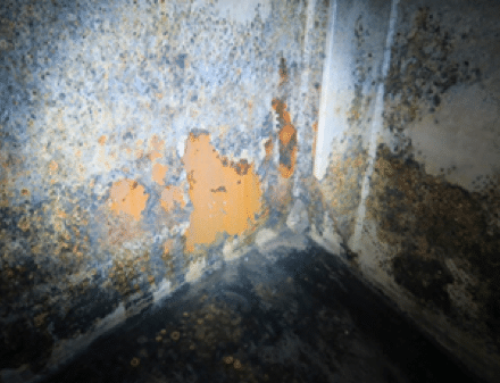Orange peel
Orange peel is a coating characteristic resulting in a surface appearance like the skin of an orange.
You can see Orange peel on high gloss surfaces as a wavy pattern of light and dark areas.
Depending on the slope of the structure element, the light is reflected in various directions. Only the elements reflecting the light in the direction of your eyes are perceived as light areas.
Besides the measurements gloss, the visual appearance of a superyacht is dictated by the uniformity of the surface and the reflected image effects.
The reflected image effects are determined by contrast (Haze) and Distinction of Image (DOI).
The surface effects (or surface texture) are defined as waviness and depending on the observing distance and image forming the effects appear visually different.
What causes orange peel?
Orange peel is typically the result of improper painting technique.
It is caused by the quick evaporation of thinner, incorrect spray gun setup (e.g., low air pressure or incorrect nozzle), spraying the paint at an angle other than perpendicular or applying excessive paint.
Observing distance
Visibility of the structures is depending on the observing distance. The greater the distance, the smaller undesirable objects will appear.
Extremes of gloss coating surface profile wavelengths are in the range of 0.1mm – 10 mm and are most noticeable at a distance of approximately 3 meter.
Fine structures in a range of 0.1 to 1mm can only be recognized at a close distance.
The closer the range between the surface and the observer, the greater the visual impact of orange peel.
From subjectivity to objectivity
To obtain reliable measurement results instead of a subjective evaluation, orange peel can be measured with a Wave Scan, a measuring instrument to quantify appearance.
In the following article we will describe the working method and advantages of using the Wave scan.








